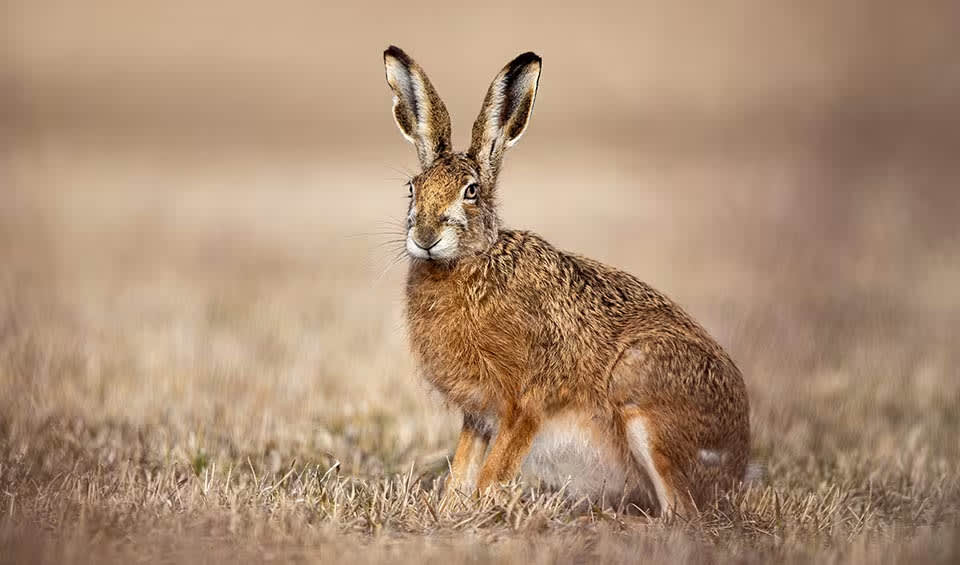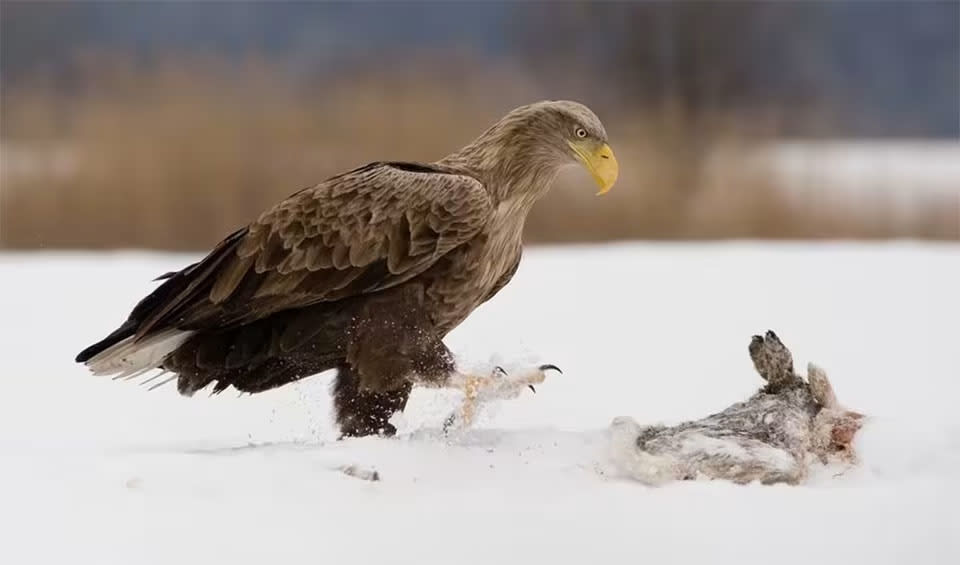Denmark harbors approximately 30,000 species of plants, fungi, and animals. Its natural landscapes encompass diverse woodland types, including both deciduous and coniferous forests, with a significant portion designated for plantation or forestry purposes. The forest ecosystem stands out as the nation’s most varied, boasting considerable species diversity.
Denmark’s coastal environments are equally distinctive, characterized by a dynamic coastline spanning 7,000 km (4,350 miles), subject to continuous reshaping through erosion and sediment deposition. Along with developments in built-up regions, these areas include lagoons and salt lakes, contributing to the unique biodiversity of the coastal ecosystems. Despite local variations, Denmark’s marine environments host a rich array of invertebrate species, with over 500 identified in its inner waters.
Four pillars elaborated:
Denmark, nestled in northern Europe, hosts vital protected areas crucial for safeguarding its distinctive biodiversity. Among these, the Wadden Sea stands out as a UNESCO World Heritage site, spanning over 4,000 km² (1,544 mi²) and renowned for its diverse habitats like mudflats, salt marshes, and sand dunes, which support a plethora of bird species. Additionally, the Mols Bjerge National Park, covering over 180 km² (69 mi²) of the Mols peninsula, features picturesque landscapes of rolling hills, forests, and coastline, providing habitats for various wildlife such as red deer and otters. Other significant protected areas include the Skagen Odde Nature Reserve, Rebild Bakker National Park, and Kongernes Nordsjælland National Park, all contributing to the preservation of Denmark’s unique landscapes and rich biodiversity. Land Management
Land Management
Over the past century, Denmark has witnessed significant alterations in its natural landscapes due to extensive drainage and forestry intensification, resulting in a notable decline in forest glades, wetlands, and old growth habitats. Specialist species are facing declining populations due to habitat loss, exacerbated by a scarcity of old growth areas. Danish watercourses, lakes, and coastal areas face threats from various human activities, including sewage discharge, agricultural runoff, and habitat alteration. Threats to Biodiversity
Threats to Biodiversity
Climate change further exacerbates biodiversity challenges, impacting food webs, plant and animal composition, and coastal habitats. In Greenland, climate change poses a significant threat, with rising temperatures and altered precipitation patterns affecting marine ecosystems and species distribution. Additional challenges in Greenland include environmental contaminants, habitat fragmentation, invasive species, and increased shipping and development activities.
Denmark has protected over 11% of its land area, with a third falling under IUCN Categories I and II. The Natura 2000 network covers 16,638 km² (6,424 mi²), including 3,591 km² (1,386 mi²) of land (8.4%) and 13,047 km² (5,037 mi²) of marine areas (12.3%). There are 13 national species management plans for plants and animals, along with programs for genetic resource conservation. A new subsidy scheme encourages private landowners to plant forests. Environmental education is promoted through various means, including publications, events, and nature schools, with over 950,000 people participating in 2006. Denmark also supports indigenous cultures and traditional knowledge through funding and capacity-building initiatives, such as the International Work Group for Indigenous Affairs and programs in the Colombian Amazon. Capacity and Governance
Capacity and Governance
In addition to the Action Plan for Biodiversity and Nature Conservation, Denmark will benefit from a large legislative framework for biodiversity protection in the future. This will include the Agreement on Green Growth, which will be a long-term plan defining environment and nature policies and the agriculture industry’s growth conditions, to be signed by all major political parties in Denmark. The Environment and Nature Plan will set a range of goals to improve environmental conditions and strengthen protection measures, such as ensuring an aquatic environment of high quality, reducing pesticide effects, decreasing greenhouse gases, and enhancing environmental monitoring. Future Trends
Future Trends
Additionally, the National Forest Program will outline a transition to “near-nature forestry” based on Danish guidelines for sustainable forestry, aiming to increase forest area to 20-25% within 80-100 years. By 2040, 10% of forest area will be required to be operated with biodiversity as the primary aim. Finally, the overall objective of the National Strategy on Native Forests 1992-2040 will be to conserve biodiversity in Danish forests, including genetic resources. At the international level, Denmark will have ratified almost all international conventions concerning nature and biodiversity. It will also be Party to a number of regional agreements, such as the Wadden Sea Seal Agreement, the African-Eurasian Water birds Agreement, the Agreement on the Conservation of European Bats, and the Agreement of the Conservation of Small Cetaceans of the Baltic and North Sea.
Biodiversity
Denmark, with its relatively small size and flat terrain, boasts a rich biodiversity that is surprisingly varied. The country is characterized by a mix of coastal areas, forests, heathlands, and wetlands, each supporting a diverse range of flora and fauna. Coastal ecosystems are particularly significant, with Denmark having extensive shorelines along the North Sea and the Baltic Sea. These coastal areas, including dunes, salt marshes, and estuaries, provide vital habitats for seabirds, waders, and marine life. Notable bird species include the common eider, the Eurasian oystercatcher, and the red knot, many of which use Denmark’s coasts as breeding grounds or migratory stopovers.Inland, Denmark’s forests, though not extensive, play a crucial role in supporting biodiversity. Deciduous forests dominated by beech, oak, and ash trees are home to a variety of wildlife, including deer, foxes, and numerous bird species, such as the European robin and the great spotted woodpecker. Heathlands and meadows are also important habitats, hosting specialized plants like heather and a variety of insects, including butterflies and bees. Denmark’s numerous lakes, rivers, and wetlands support amphibians like frogs and newts, as well as fish species such as pike and perch. Wetland areas, particularly around the Wadden Sea, are internationally recognized for their ecological importance, especially for migratory birds.
In the table below are the number of known species in several main groups, how many of these species are Threatened with extinction, and how many of them are Endemic (unique to Denmark only):
| Species (World rank) |
Threatened | % Threatened | Endemic | % Endemic | |
|---|---|---|---|---|---|
| Mammals | 71 (#149) | 2 | 2.8% | ||
| Birds | 275 (#141) | 10 | 3.6% | ||
| Reptiles | 6 (#197) | ||||
| Amphibians | 15 (#121) | ||||
| Fishes | 221 (#161) | 26 | 11.8% | ||
| Plants | 1,949 (#150) | 1 | 0.1% | 8 | 0.4% |
mammals
Walrus
Tusked marine mammals heralding climate emergency!
Beluga
Known as the “canaries of the sea,” due to their wide range of sounds
European hare
Unlike rabbits, they don’t live in burrows, instead, they make shallow nests in the grass called forms
birds
White-tailed eagle
Extinct and reintroduced – What’s the story behind these so-called ‘flying barn doors’?
Common murre
The penguins that can fly
Wood duck
The red-eyed hipsters of the duck world
reptiles
European adder
A venomous snake native to Britain and found all across Europe
Viviparous lizard
One of the few reptiles that can not only lay eggs but also give birth to live young
Slow worm
You might mistake them for snakes, but they are merely legless lizards
amphibians
Natterjack toad
Instead of hopping like other toads, they have a funny little walk, almost like they’re running!
Northern crested newt
Can regrow lost limbs, tails, and even parts of their heart and eyes
European tree frog
Symbol of environmental health as they are sensitive to changes in environmental conditions, particularly pollution levels
National Animals
Mute swan
Known for their graceful movements and the distinctive “S” shape of their neck

















